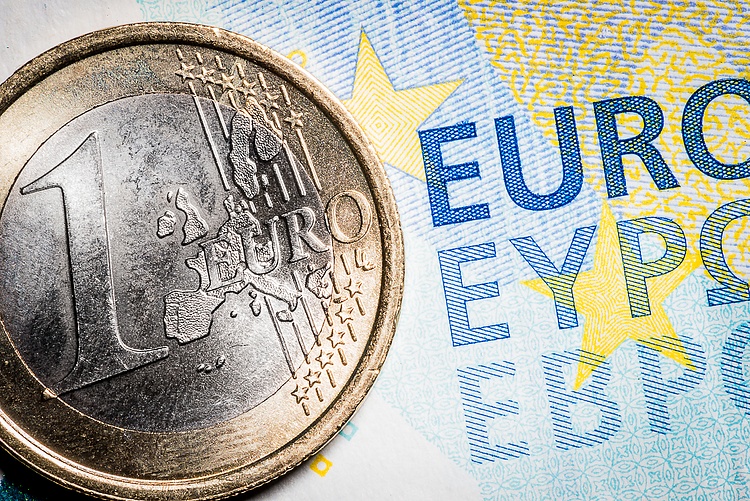Germany’s ZEW index reported a significant drop in current conditions and expectations in September, indicating concerns about slowing growth among German investors. Despite this, the Euro remained relatively stable above the 1.11 area following the release of the data. Scotiabank’s Chief FX Strategist Shaun Osborne notes that while the index can be volatile due to market sentiment, the recent movements suggest a potential uptrend for the Euro in the near/medium term.
From a technical standpoint, the Euro’s progress breaking through a downward-sloping consolidation range that has been in place since the end of August indicates the possibility of further gains. This breakout has also triggered a bull flag pattern on the charts, signaling a potential continuation of the recent uptrend. However, there is a reluctance for the Euro to push higher towards 1.12, potentially due to the current market conditions. Failure to maintain these gains could result in a drop back towards the lower end of the range in the upper 1.09s.
Overall, the Euro’s performance in the foreign exchange market is closely tied to economic data such as the ZEW index, which reflects investor sentiment in Germany. While the recent data has raised concerns about slowing growth, the technical outlook suggests a potential uptrend for the Euro in the near future. Traders will be watching closely to see if the Euro can break through the 1.12 level and sustain its gains, or if it will face further pressure to return to the lower end of the current range.
As global economic conditions remain uncertain, with potential risks such as trade tensions and geopolitical issues, the Euro’s performance will continue to be influenced by these external factors. Traders and investors will need to carefully monitor economic data releases and geopolitical developments to gauge the Euro’s future movements in the foreign exchange market. The Euro’s ability to maintain its current levels and potentially break through key resistance levels will be crucial in determining its trajectory in the coming weeks.
In conclusion, the recent drop in Germany’s ZEW index has raised concerns about slowing growth among investors, impacting the Euro’s performance in the foreign exchange market. Despite this, technical indicators suggest a potential uptrend for the Euro in the near/medium term, with the breakout from a consolidation range triggering a bull flag pattern on the charts. Continued monitoring of economic data and external factors will be essential in determining the Euro’s future movements and its ability to sustain gains in the current market environment.











